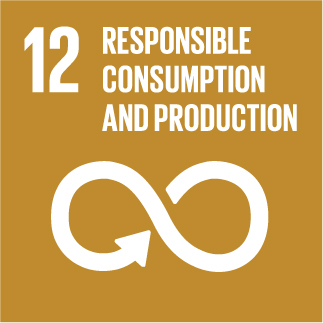URBANREC
Structures, Properties and Potential Applications of Corncob Residue Modified by Carboxymethylation
In this study, corncob residue (CR) valorization was simply and efficiently realized via carboxymethylation, and its enhanced performance as fillers in urea-formaldehyde (UF) resin was investigated. The structures of corncob residue and carboxymethylated derivative were analyzed by nuclear magnetic resonance (NMR), Fourier-transform infrared spectroscopy (FTIR), and Raman techniques, respectively. The thermal stability, morphology, viscosity control, and adhesive strength were then investigated to evaluate its performance as fillers in UF resin composite. Similar to commercial flour, carboxymethylated CR could effectively disperse in UF resin. It also exhibited a better initial viscosity control between 30 and 50 °C. The adhesive test analysis showed that the shear strength of resin with carboxymethylated CR addition could reach 1.04 MPa, which was comparable to flour (0.99 MPa) and significantly higher than raw CR (0.45 MPa). Moreover, a low formaldehyde emission was observed.

» Author: Gao
» Reference: doi: 10.3390/polym12030638
» Publication Date: 11/03/2020
» More Information

This project has received funding from the European Union's Horizon 2020 research and innovation program under grant agreement Nº 690103




URBANREC Guidelines by URBANREC Consortium is licensed under a Creative Commons Reconocimiento-NonComercial-NoDerivatives 4.0 Internacional License.
Puede hallar permisos más allá de los concedidos con esta licencia en www.aimplas.net
